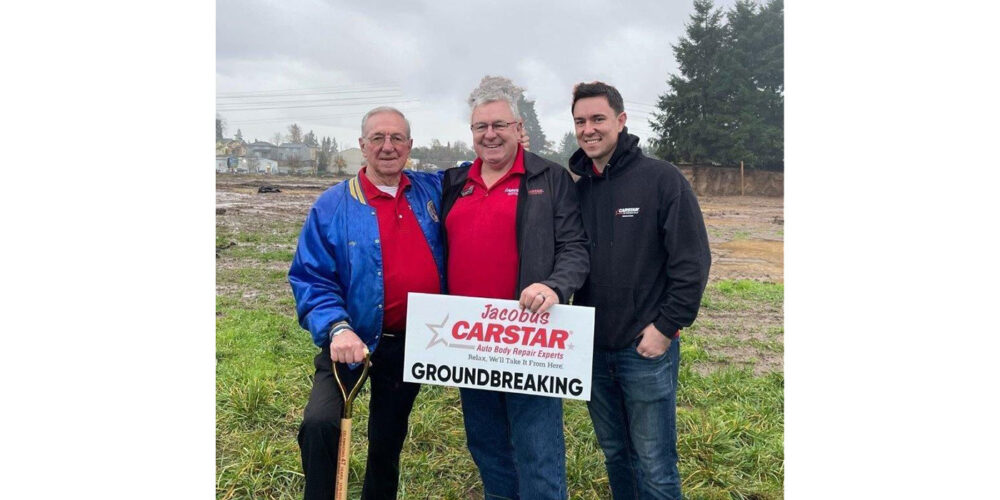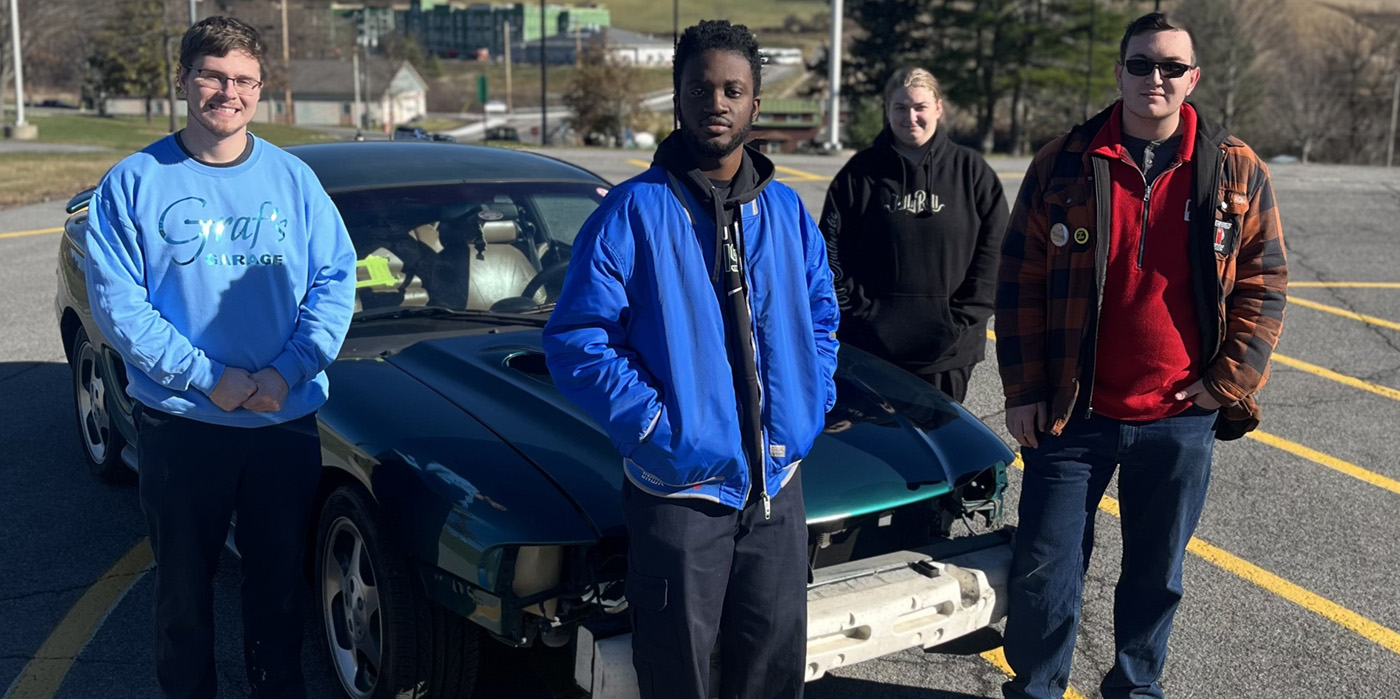As I travel the country conducting seminars and working with shops, I find it disheartening that many are unaware of the items that require refinishing due to weld burn damage.
Weld burn damage is a commonly overlooked item by even the most experienced damage analysis experts. Most estimators in the industry today have never repaired a vehicle before and therefore aren’t aware of what’s required to restore a vehicle back to pre-accident condition.
Education Is Key
One of the activities I make shops do to improve the accuracy of their estimates as well as their profitability is to build a simple checklist, assemble pictures or videos, and put it all in a PowerPoint presentation. Then, I ask them to show this to their staff as well as insurers as a way to educate them on what’s required to restore vehicles back to pre-accident condition.
Let’s look at some examples of items you might put in such an educational PowerPoint:
When welding in a new, undamaged core support, you must:
• Refinish the left and right outer aprons from weld burn damage.
• Refinish the left and right inner aprons from weld burn damage.
• Refinish the left and right frame rails from weld burn damage.
• Refinish the left and right upper apron reinforcements from weld burn damage.
• Determine if blackout or two-tone time is required.
• Determine if an etch or epoxy primer is required due to the core support being galvanized.
When welding a new, undamaged rear body panel, you must:
• Refinish the left and right outer quarter panels from weld burn damage.
• Refinish the left and right inner quarter panels from weld burn damage.
• Refinish the top and bottom of the floor pan from weld burn damage.
• Refinish the left and right frame rails from weld burn damage.
I hope you’re starting to see a pattern.
One Side Only
Looking at the above list, many shops will ask me, “Why do you say ‘top’ and ‘bottom’ or ‘inner’ and ‘outer’?” Well, when you replace a new hood, do you have to add refinish labor for the underside? When you replace a new fender, do you have to add to “jamb the part”? How about a new decklid? Do you add for the underside? And what about a door? Do you add to edge it?
In today’s estimating guides, refinish times are for one side only. Therefore, we need to consider the inner and outer or top and bottom of items that require refinishing due to weld burn damage.
Too often, collision repair facilities use the excuse, “An insurance company won’t pay for that,” when the insurer isn’t even aware of what items require refinishing from weld burn damage to begin with.
My response when someone gives me the “they won’t pay for that” excuse is to ask them, “How do you know they won’t pay you for it when you don’t even know to itemize it or ask for it?”
Quarter Panel
Let’s review all the necessary steps for welding a new, undamaged quarter panel in a vehicle.
When installing a new quarter panel, are you required to perform the following refinish operations?
Paint Operations:
1. Blending the outer and inner rocker panel due to weld burn damage. (Remember: Refinish times are for one side and one side only!)
2. Blending the inner roof (sail panel) due to weld burn damage.
3. Blending the inner quarter panel wheelhouse due to weld burn damage.
4. Blending or refinishing the inner quarter panel assembly due to weld burn damage.
5. Blending or refinishing the entire outer wheelhouse due to weld burn damage.
6. Blending the top and bottom of the package tray due to weld burn damage.
7. Blending the outer and inner rear body panel due to weld burn damage.
8. When blending in the trunk area, is two-tone required? Does this color have to be made from scratch?
9. Blending the upper rear body panel top and bottom due to weld burn damage.
10. Blending the floor or floor extension (both top and bottom) due to weld burn damage.
11. Blending the roof aperture and clearcoating entirely up to the windshield pillar.
12. Prep repairs for refinish, i.e. fill, sand and feather beyond 150 grit.
13. Corrosion protection: applying etch or epoxy primer due to galvanized metal or aluminum metal.
14. Finish, sand and buff (30 percent of basecoat labor) or denib (20 percent of basecoat labor).
15. Mask during priming process.
16. Mask any items not R&I’d on interior.
17. Mask during painting of interior areas or during the cut-in process.
18. Mask jambs such as door, trunk, openings, etc.
19. Blend appropriate items for color match.
20. Rough coating (or gravel guard or schutz).
21. Two-tone rocker panel.
22. Is vehicle two- or three-stage?
23. Was it necessary to remove old stripes or molding residue on adjacent blend panels?
24. Pinstripe painted or tape labor and materials.
25. Touch up any bolts that required removing (scarred from wrench damage).
Note that the above list can vary depending on the vehicle model.













